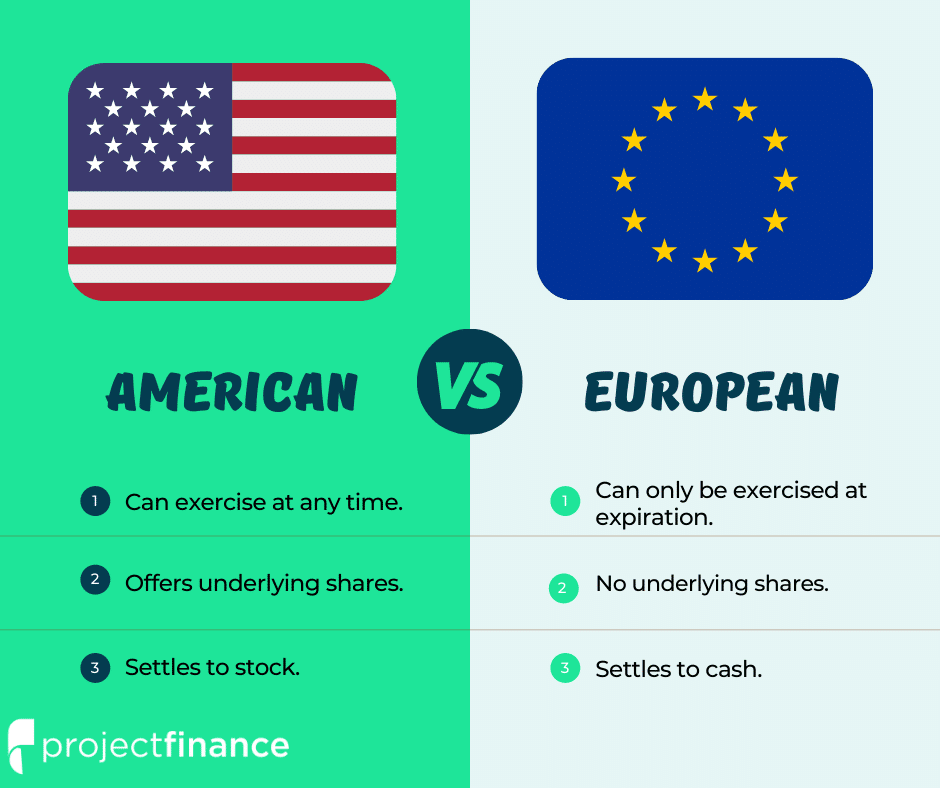Investing in Exchange-Traded Funds (ETFs) has become increasingly popular among retail and institutional investors alike. ETFs provide a cost-effective and diversified way to gain exposure to a broad range of stocks or bonds. Among the most widely traded ETFs are the QQQ and the SPY, which track the Nasdaq 100 and S&P 500 indices, respectively.

Image: www.investingcube.com
Options trading is a powerful tool that allows investors to enhance returns, hedge risk, and speculate on the future direction of an underlying asset. QQQ vs. SPY options offer investors a unique opportunity to express their market views while managing risk. In this article, we will delve into the key differences between QQQ and SPY options, helping investors make informed decisions about which one is right for them.
Understanding QQQ and SPY Options
The QQQ (formerly known as the PowerShares NASDAQ-100 Index ETF) tracks the performance of the Nasdaq 100 index, which consists of the 100 largest non-financial companies listed on the Nasdaq stock exchange. The SPY (formerly known as the SPDR S&P 500 ETF) tracks the performance of the S&P 500 index, which consists of 500 of the largest publicly traded companies in the United States.
Both QQQ and SPY options are highly liquid, meaning they can be easily bought and sold throughout the trading day. This liquidity makes them an attractive option for day traders and short-term speculators. Additionally, QQQ and SPY options are relatively inexpensive to trade, with commissions typically ranging from $0.50 to $1.00 per contract.
Key Differences Between QQQ and SPY Options
Underlying Index: The most significant difference between QQQ and SPY options is the underlying index they track. The QQQ tracks the Nasdaq 100, which is heavily weighted towards technology and internet stocks. The SPY tracks the S&P 500, which provides a broader exposure to a wider range of industries, including financials, healthcare, and consumer staples.
Volatility: Historically, the Nasdaq 100 has been a more volatile index than the S&P 500, which means that QQQ options tend to be more volatile than SPY options. This higher volatility can lead to greater trading profits, but it also comes with increased risk.
Option Premiums: Due to its higher volatility, QQQ options typically have higher option premiums than SPY options. This means that investors will need to pay more upfront to purchase a QQQ option contract compared to an SPY option contract.
Sector Exposure: Another key difference between QQQ and SPY is their sector exposure. The QQQ is heavily weighted towards the technology sector, which can make it more sensitive to changes in the technology industry. The SPY, on the other hand, has a more diversified sector exposure, which can provide investors with greater stability during market downturns.
Which One is Right for You?
The choice between QQQ and SPY options depends on the investor’s risk tolerance, investment objectives, and market outlook. If an investor is looking for high growth potential, they may prefer QQQ options, but they need to be prepared for higher volatility and potential losses. Investors who are seeking a more balanced approach with less risk may prefer SPY options.
It’s important to note that there is no “right” or “wrong” answer when it comes to QQQ vs. SPY options. The optimal choice for each investor will vary depending on their individual circumstances.

Image: www.projectfinance.com
Strategies for Trading QQQ and SPY Options
Various strategies can be employed when trading QQQ and SPY options. Here are some common examples:
Bull Call Spread: This strategy involves buying a call option at a lower strike price and selling a call option at a higher strike price with the same expiration date. This strategy is designed to profit from a moderate increase in the underlying index.
Bear Put Spread: This strategy involves selling a put option at a higher strike price and buying a put option at a lower strike price with the same expiration date. This strategy is designed to profit from a moderate decrease in the underlying index.
Straddle: This strategy involves buying both a call option and a put option at the same strike price and expiration date. This strategy is designed to profit from a significant move in the underlying index, regardless of the direction.
It’s important to note that these are just a few examples of the many strategies that can be used when trading QQQ and SPY options. Investors should consult with a qualified financial advisor to determine which strategies are most appropriate for their individual risk tolerance and investment objectives.
Trading Qqq Vs Spy Options
Conclusion
QQQ and SPY options offer investors a unique opportunity to express their market views while managing risk. The choice between QQQ and SPY options depends on the investor’s risk tolerance, investment objectives, and market outlook. By understanding the key differences between these two ETFs and the available trading strategies, investors can make informed decisions about how to incorporate QQQ and SPY options into their investment portfolios.






